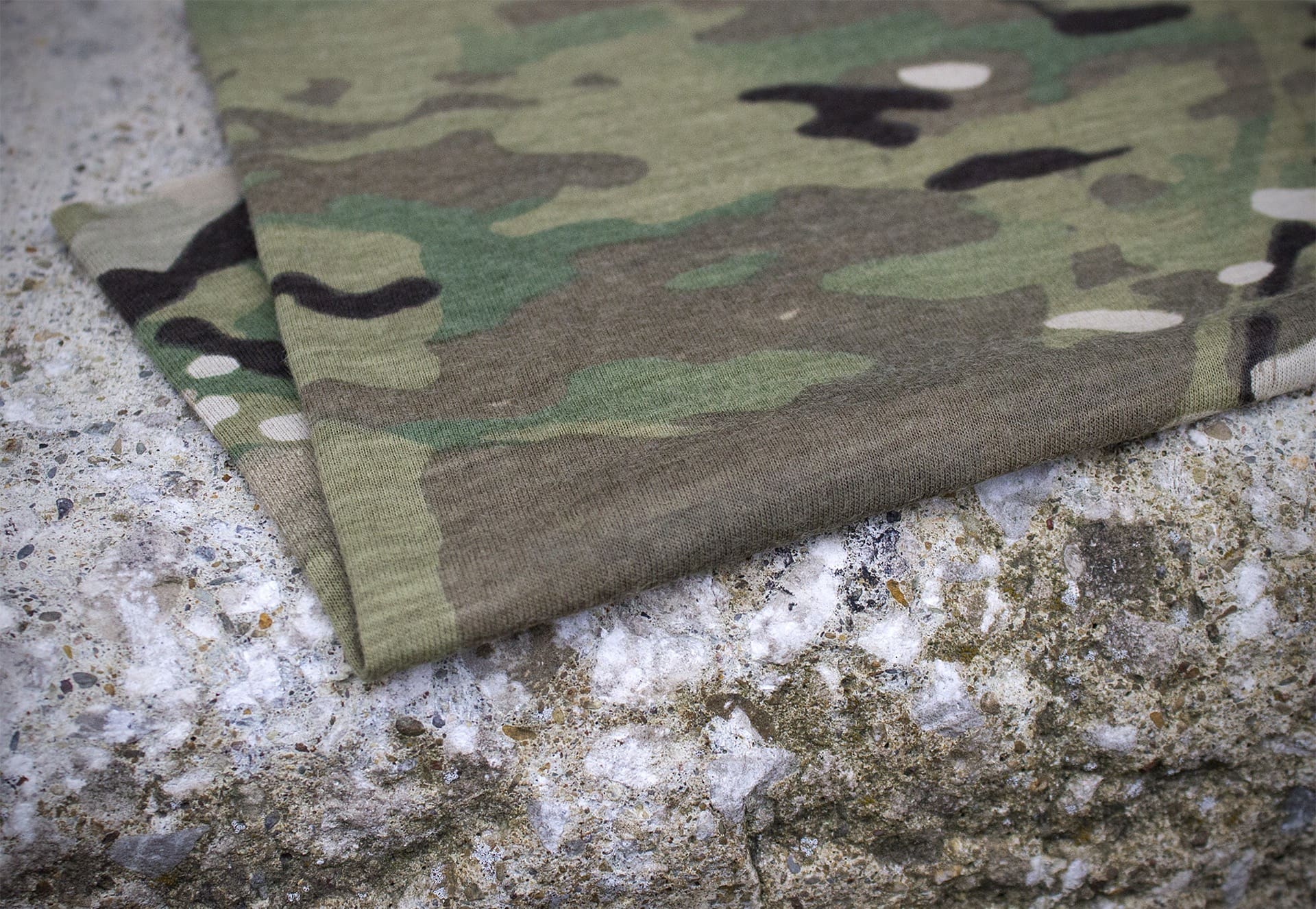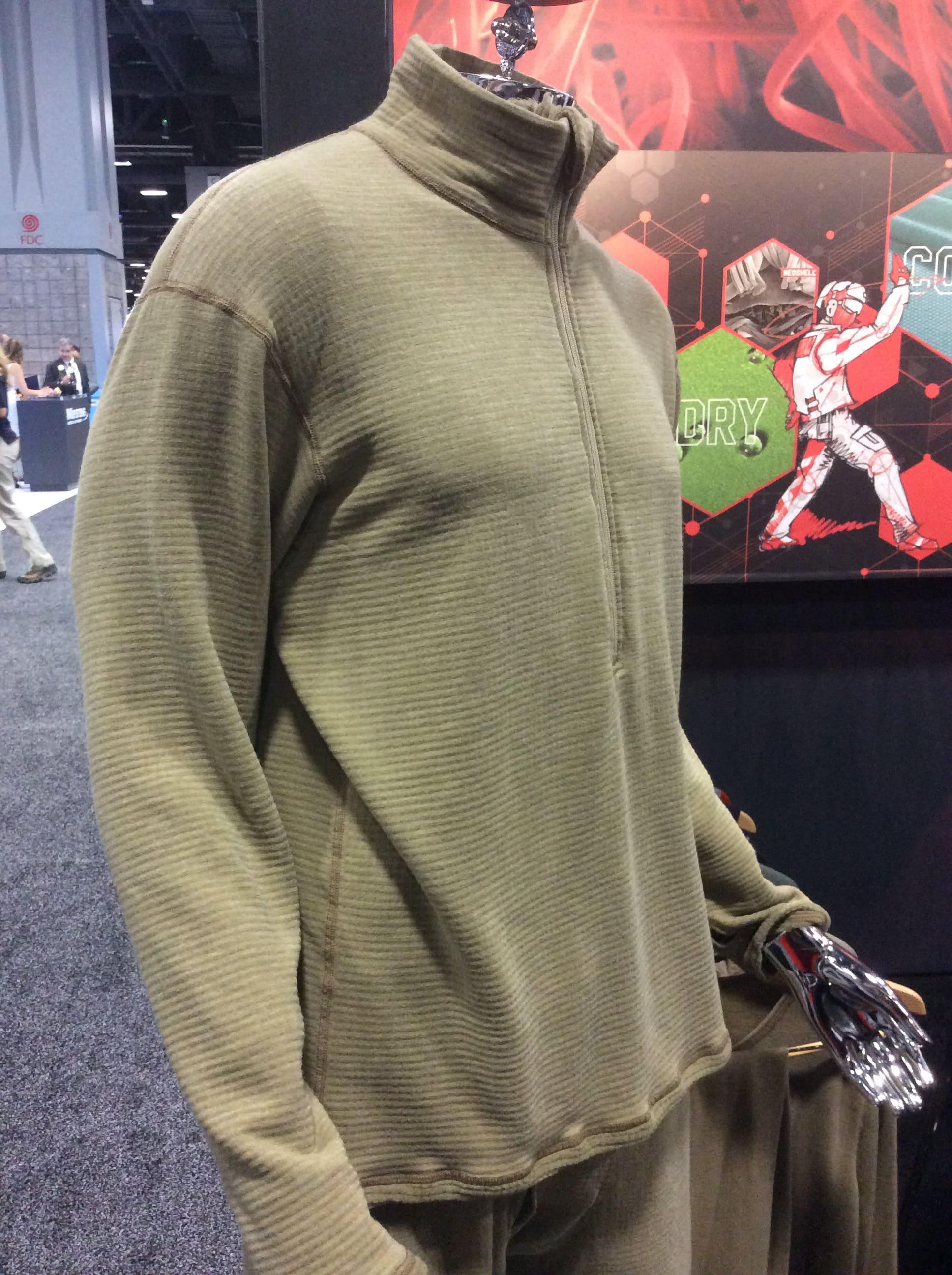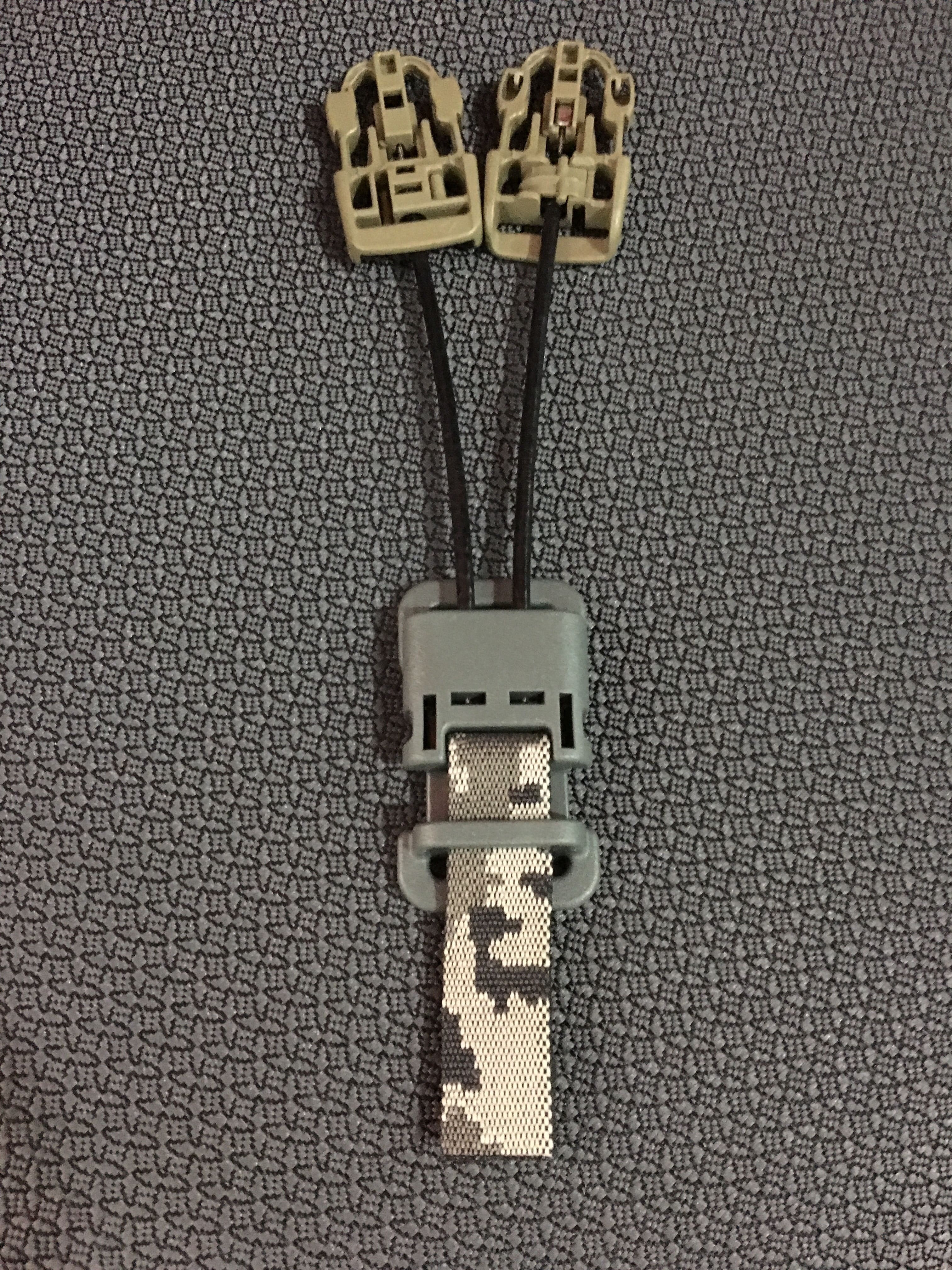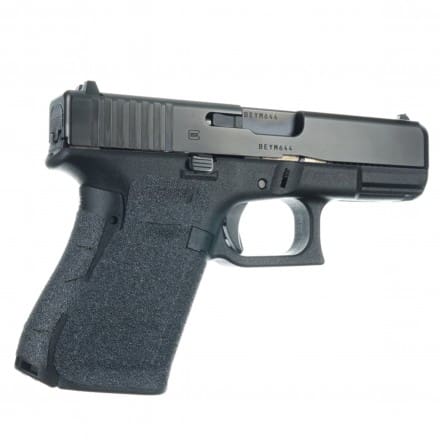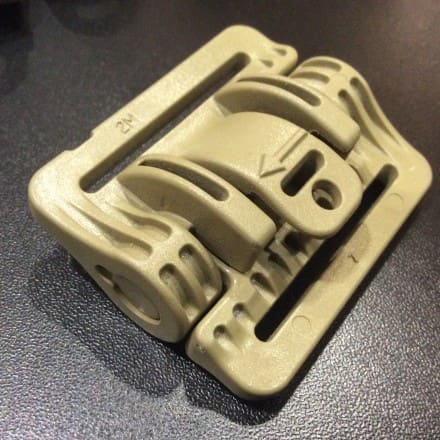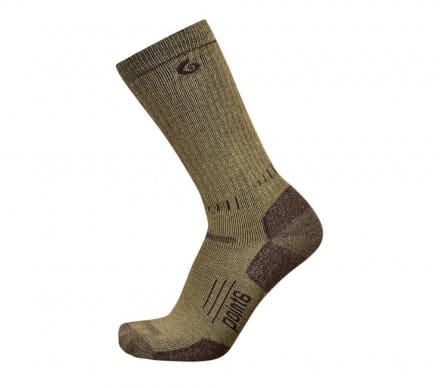(Andover, Mass.) – (November 14, 2017) – Polartec, the premium provider of innovative textile solutions, announces the winners of its 2017 Polartec APEX Awards, an annual design award program celebrating the finest products made from Polartec fabrics, and the designers behind them. The winning products were selected based on skilled and creative uses of Polartec fabric technologies.
The winners are:

Adidas Terrex Agravic Alpha Hooded Shield Jacket, a women’s outdoor jacket made with Polartec® Alpha® insulation, designed by Tim Maud
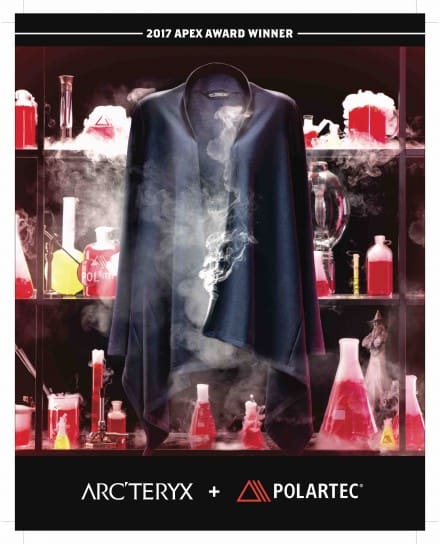
Arc’teryx Nyara Wrap, a fleece wrap layer made from Polartec® Thermal Pro® fleece, designed by Edita Hadravska (available spring 2018)
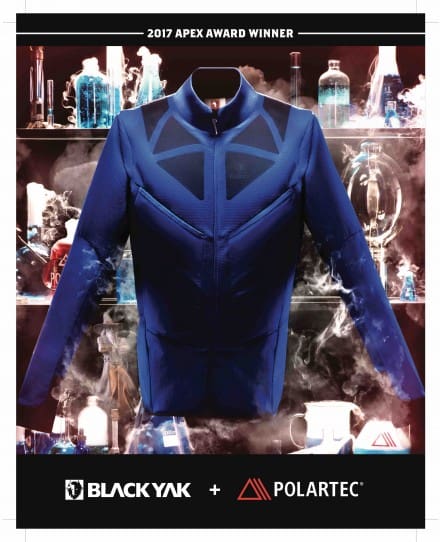
Blackyak Combat Shirt, a hybrid shirt made from Polartec® Power Grid® fleece, designed by David Randall
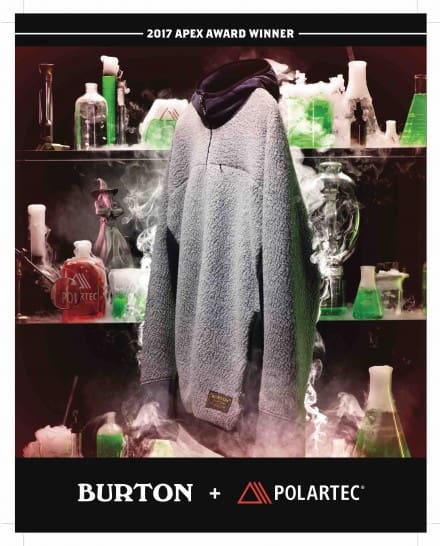
Burton Minturn Hooded Full-Zip Fleece, a midweight fleece layer made from Polartec® Classic shearling fleece (available fall 2017)
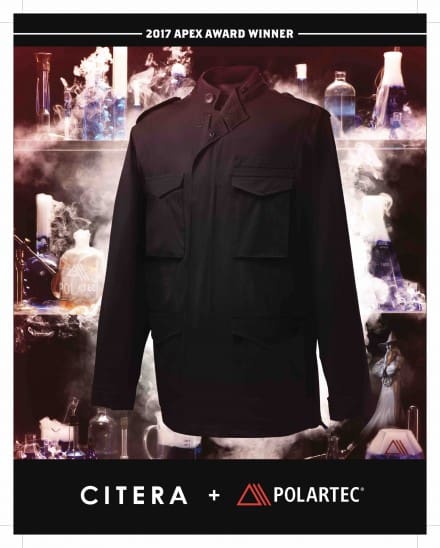
Citera Neocity-65 Jkt, a practical M65-style jacket made from Polartec® NeoShell® breathable waterproof fabric, designed by Naoki Ei
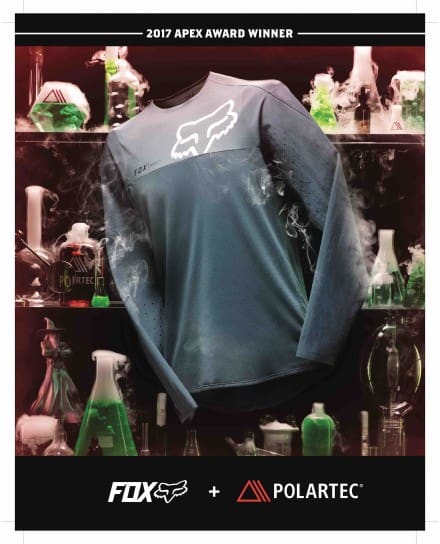
Fox Racing Attack Pro Jersey, an advanced mountain bike jersey made from Polartec® Delta® cooling fabric, designed by Jake Theno (available spring 2018)
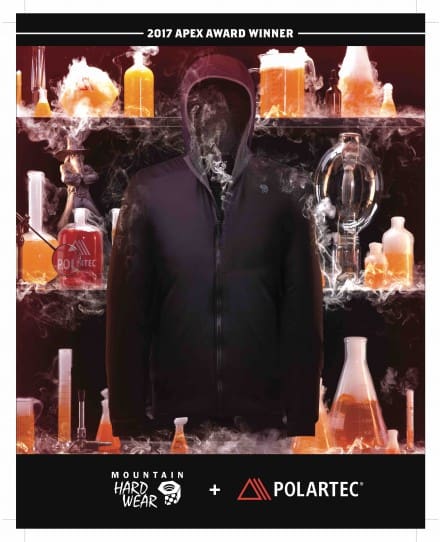
Mountain Hardwear Atherm Hooded Jacket, an ultimate breathable insulation piece, made from an extraordinary combination of Polartec® Alpha® Direct, Polartec® Alpha®, and Polartec® High Loft™ insulations
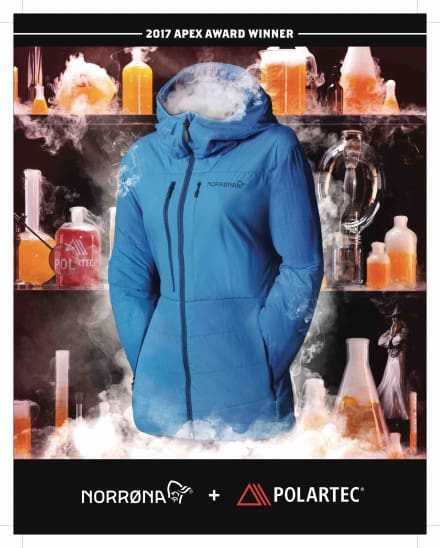
Norrøna lofoten Power Shield Pro Alpha Jacket, a revolutionary jacket made from a unique combination of Polartec® Power Shield® Pro breathable weather protection and Polartec® Alpha® insulation, designed by the Norrøna R&D department
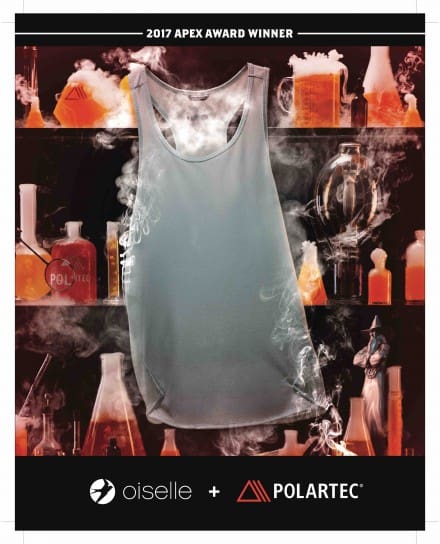
Oiselle Flyout Tank, Short Sleeve and Long Sleeve, women’s tops made from Polartec® Delta® cooling fabric, designed by Nelle Horsley
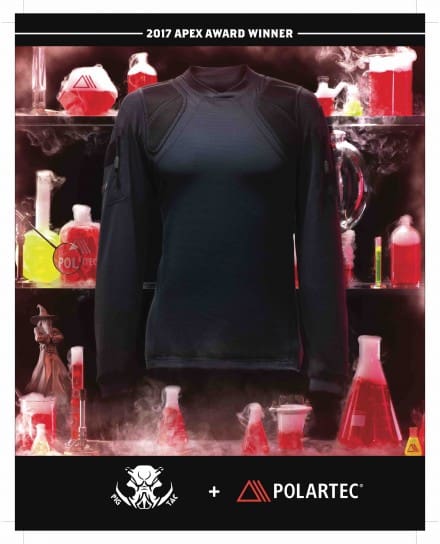
P1G-Tac FRS Delta, a hot-weather field training shirt made from Polartec® Delta® cooling fabric, designed by 281Z Development Group (Konstantyn Lesnik, Oleksandr Polevara, Valery Chernenko, Artem Livushevsky)
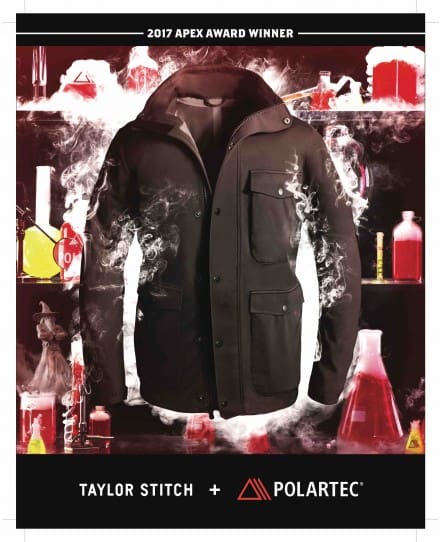
Taylor Stitch Hawkins Jacket, a classic 60/40-style jacket made from new knit Polartec® NeoShell® breathable waterproof fabric, designed by Nick Kemp
Every winner is an embodiment of Polartec fabric innovation and design inspiration, and the winning designers are being recognized with a Malden statue, an industry award unlike any other, and images celebrating the Science of Fabric.


